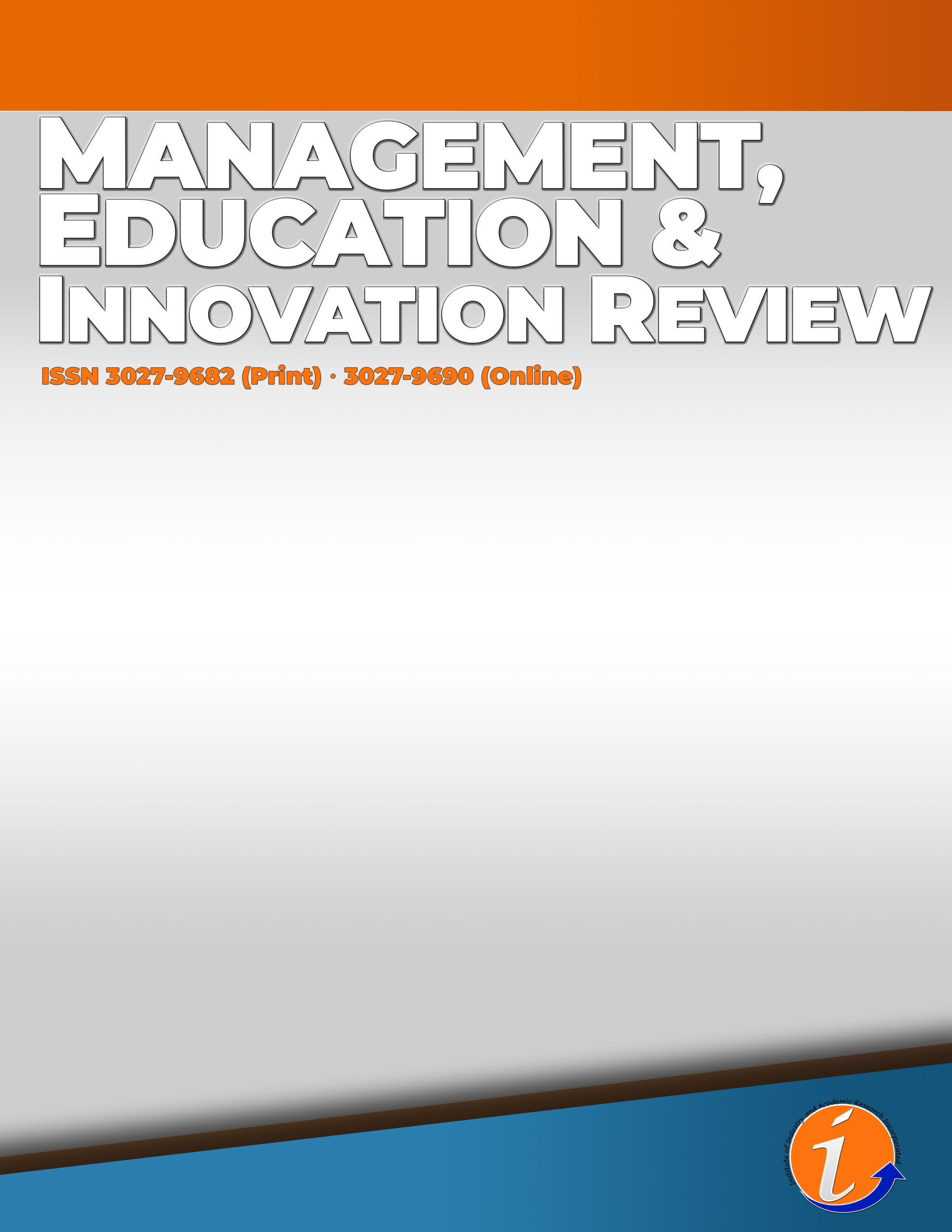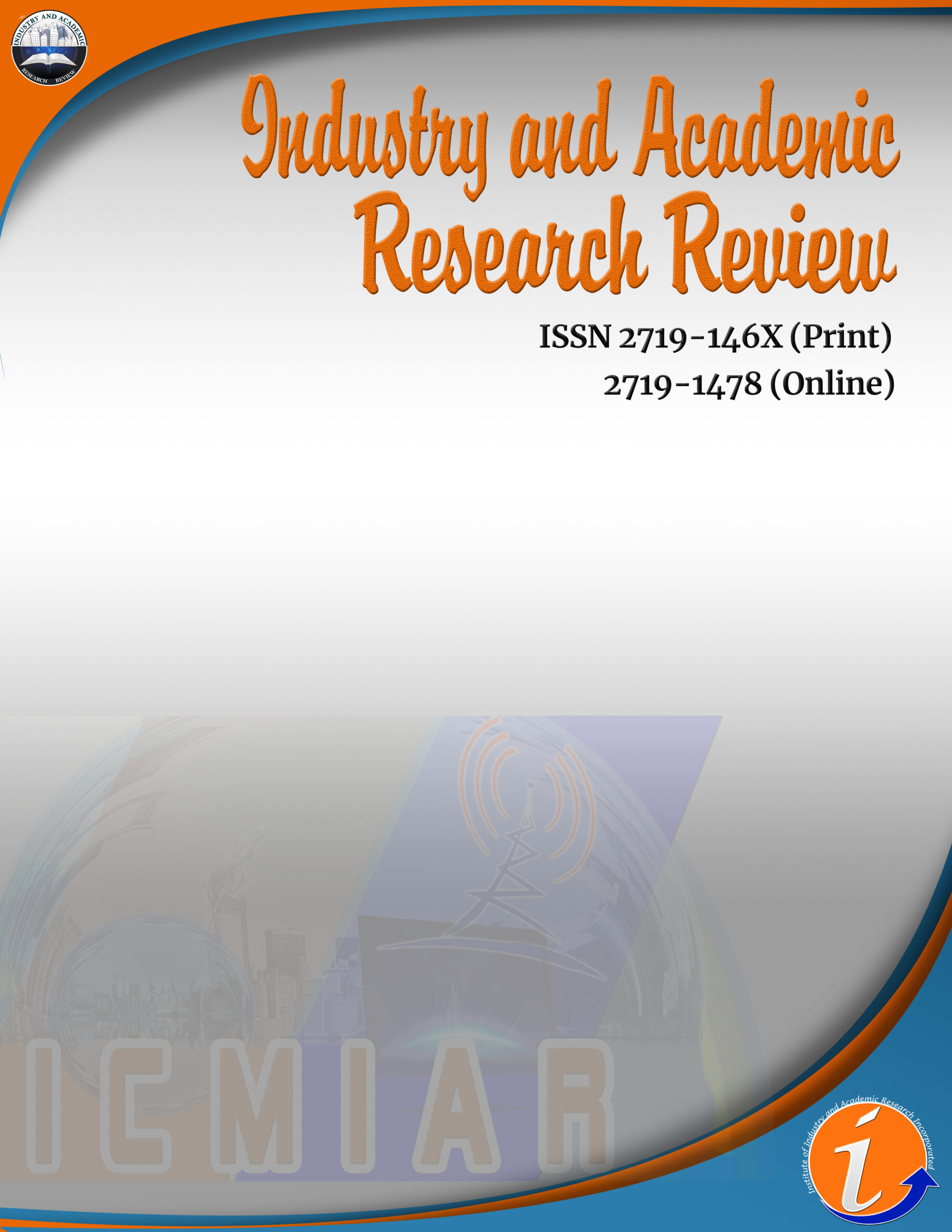Many people are familiar with sign language, a popular communication channel purely based on gestures. It is the type of language directly associated with deaf and mute persons. However, the majority of people are not educated enough to understand sign language, necessitating the use of an interpreter to aid communication. The Philippines is an example of a country that is still at the beginning stage of the Filipino Sign Language (FSL), which evolved from and primarily adopted American Sign Language (ASL). FSL is a unique language with its own grammar, syntax and morphology; it is neither based on nor resembles Filipino or English. The proponents had developed an iSenyas as android mobile application learning material to help the deaf and mute in the municipality of Odiongan to learn in their own language. This mobile application learning material is composed of different pictures and videos of basic Filipino sign language to help the deaf and mute visualize the language. The iSenyas application is only available for the Android user. This application is created using Cordova. The mobile application is accessible offline that runs on mobile and tablet devices with the Android versions application passed the different testing stages like functionality testing, user’s acceptance test, and the ISO 21500:2011 evaluation.
Android mobile application; Android versions; ASL; Cordova; FSL; ISO 21500:2011
License:
![]()
This work is licensed under a Creative Commons Attribution (CC BY 4.0) International License.







